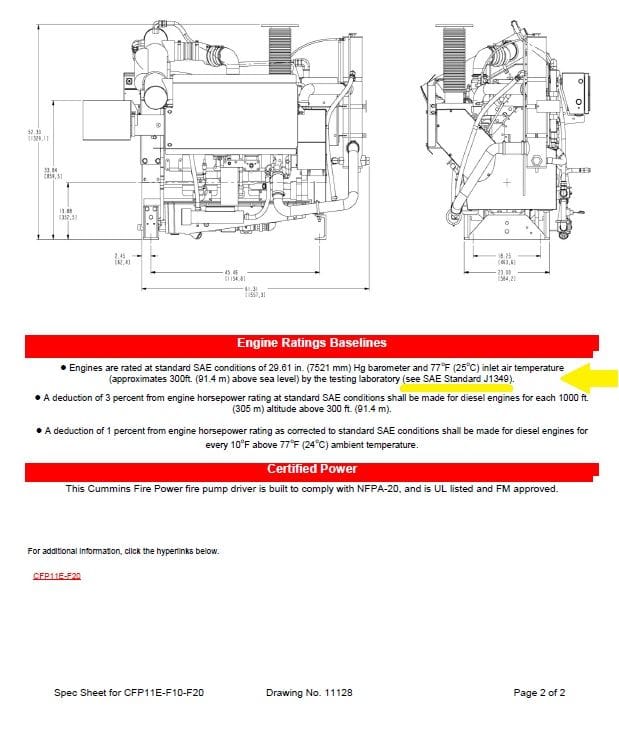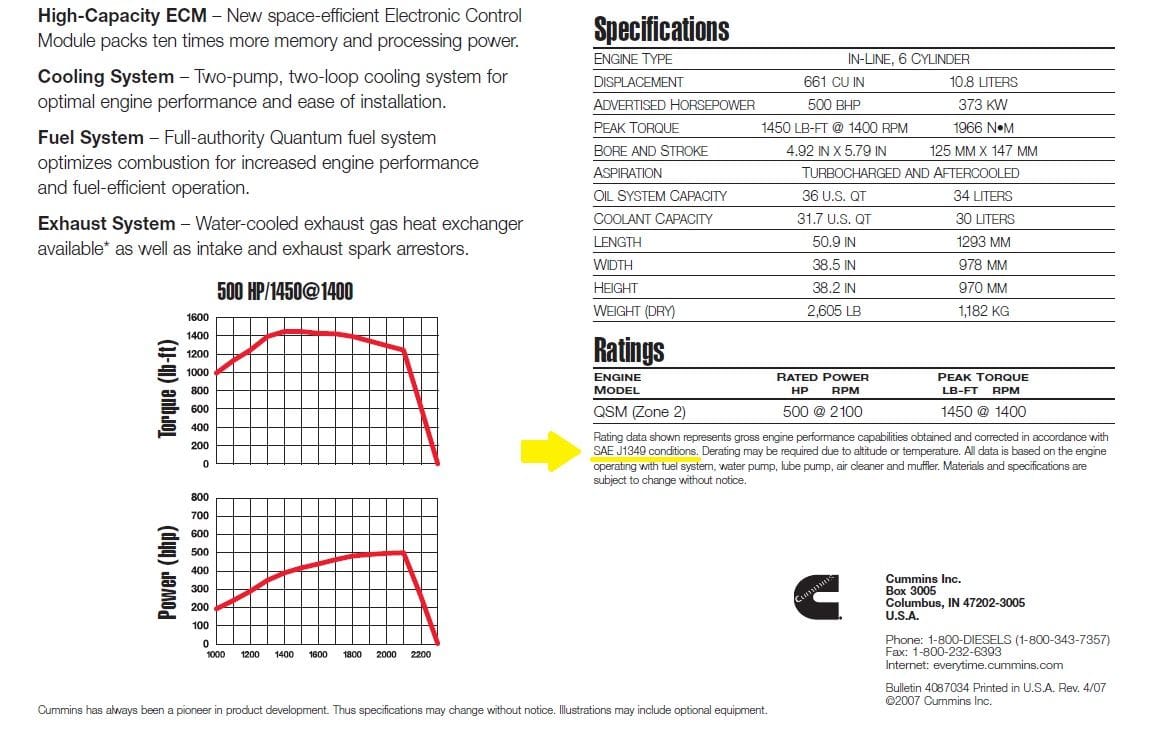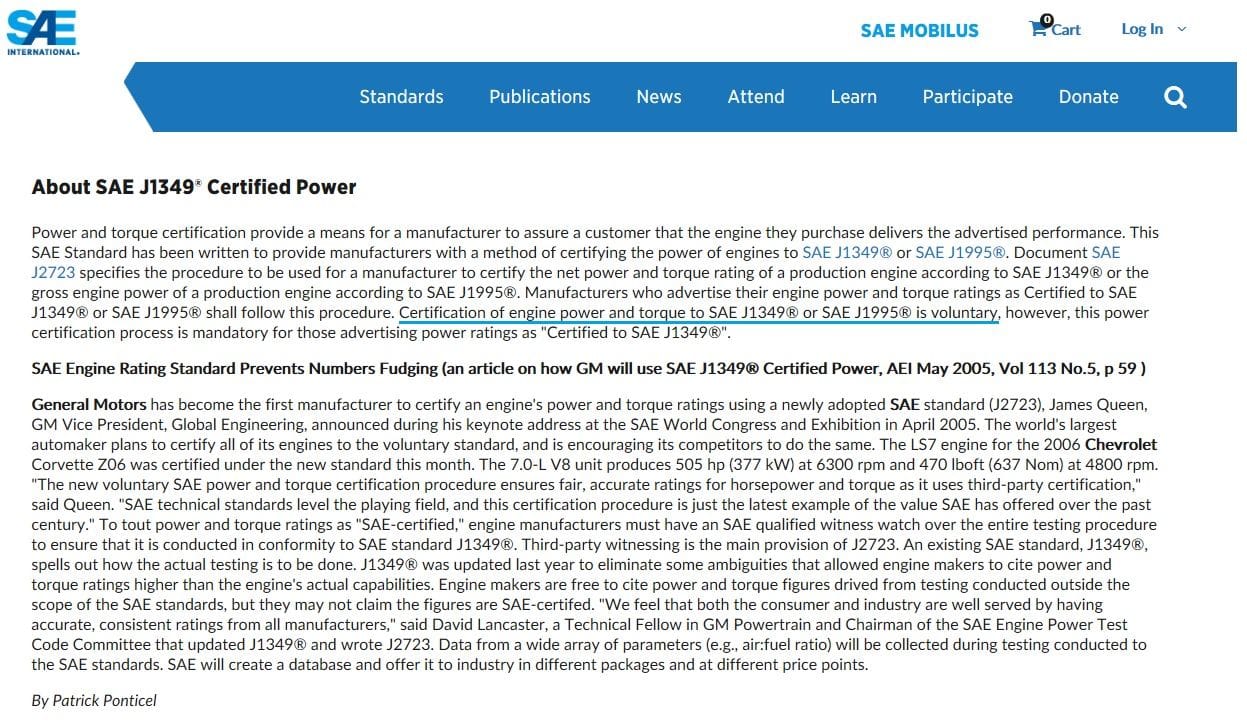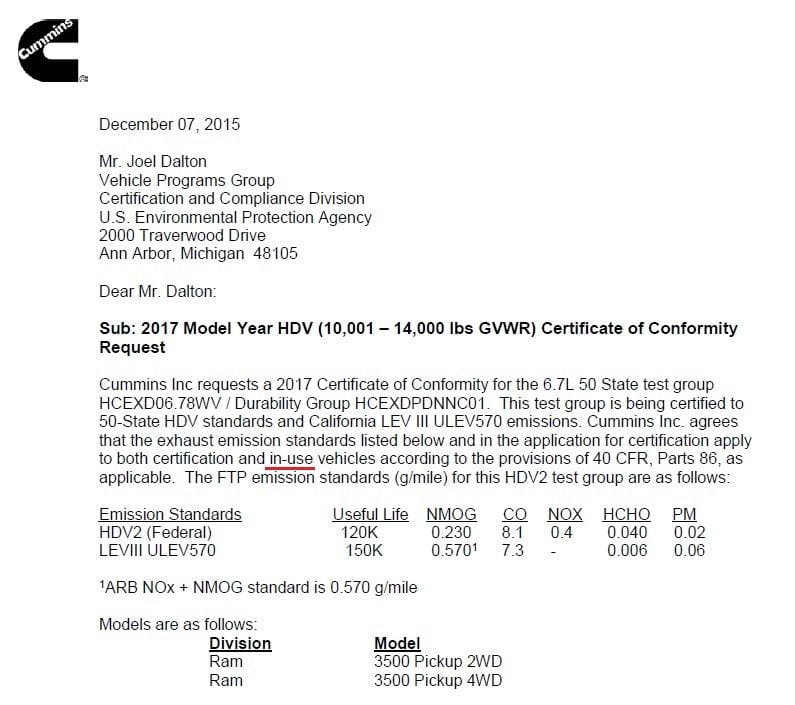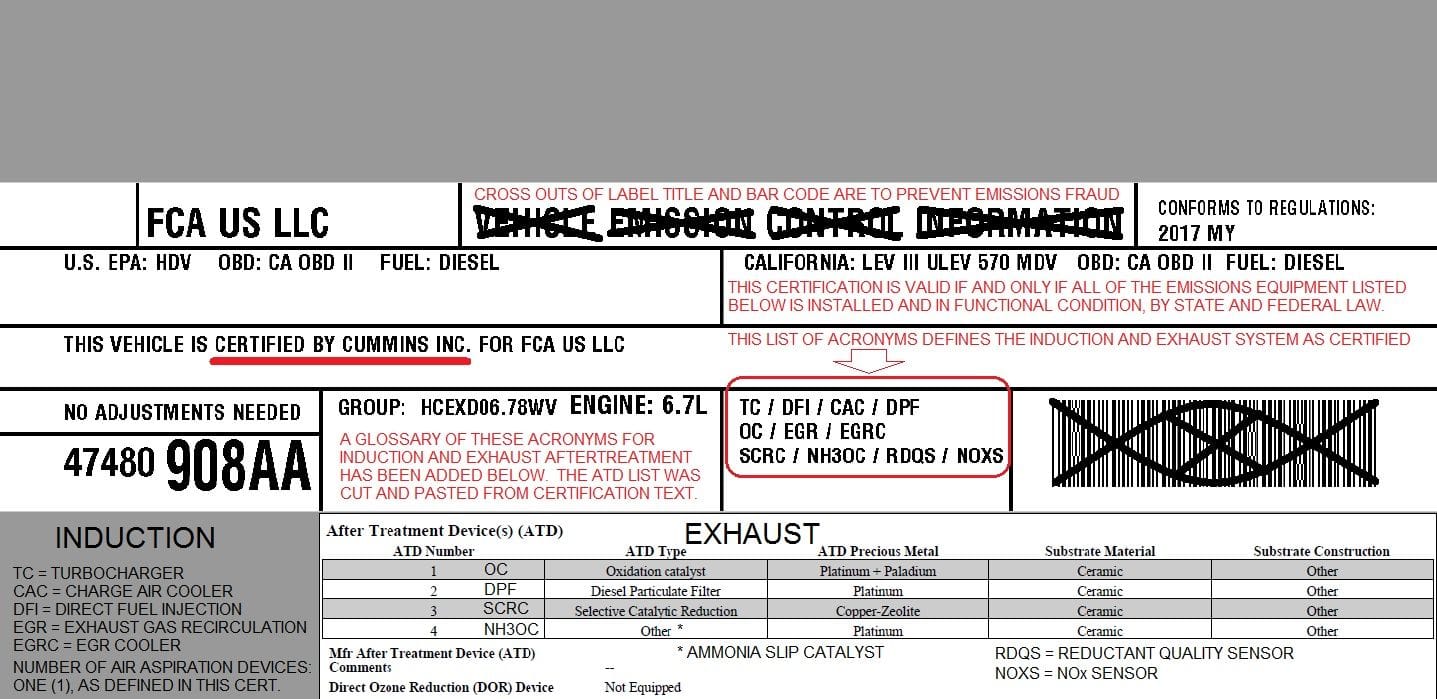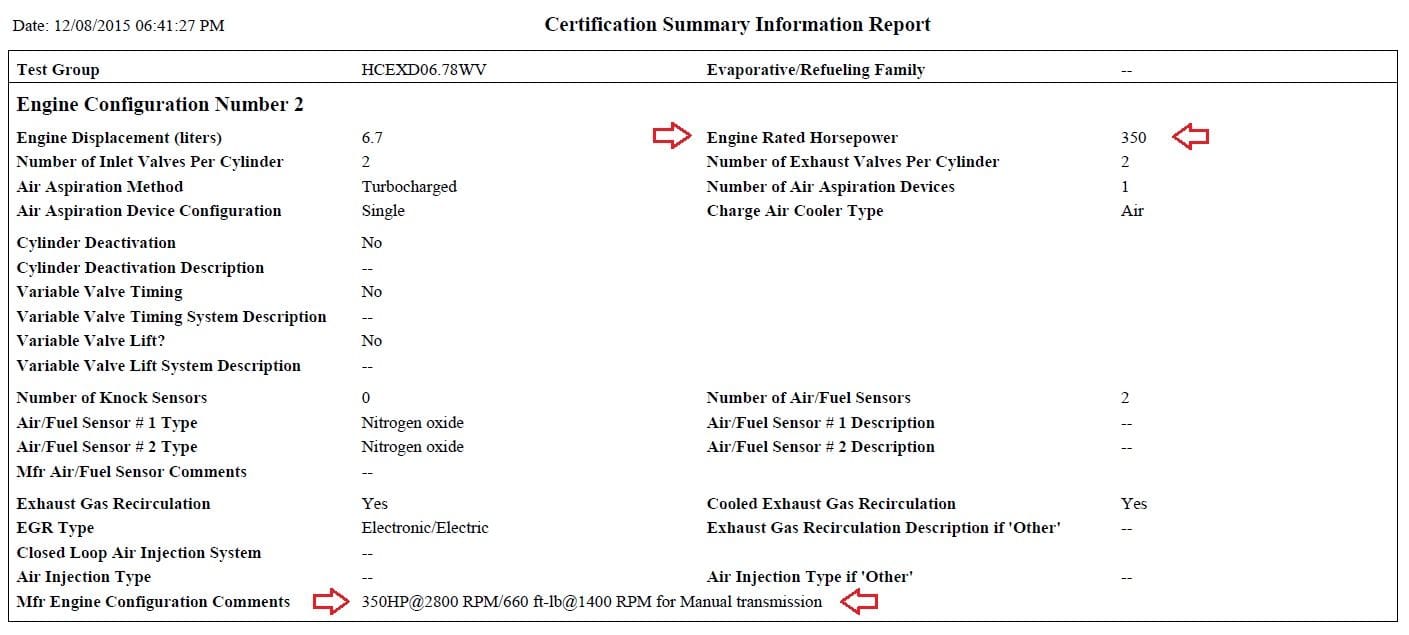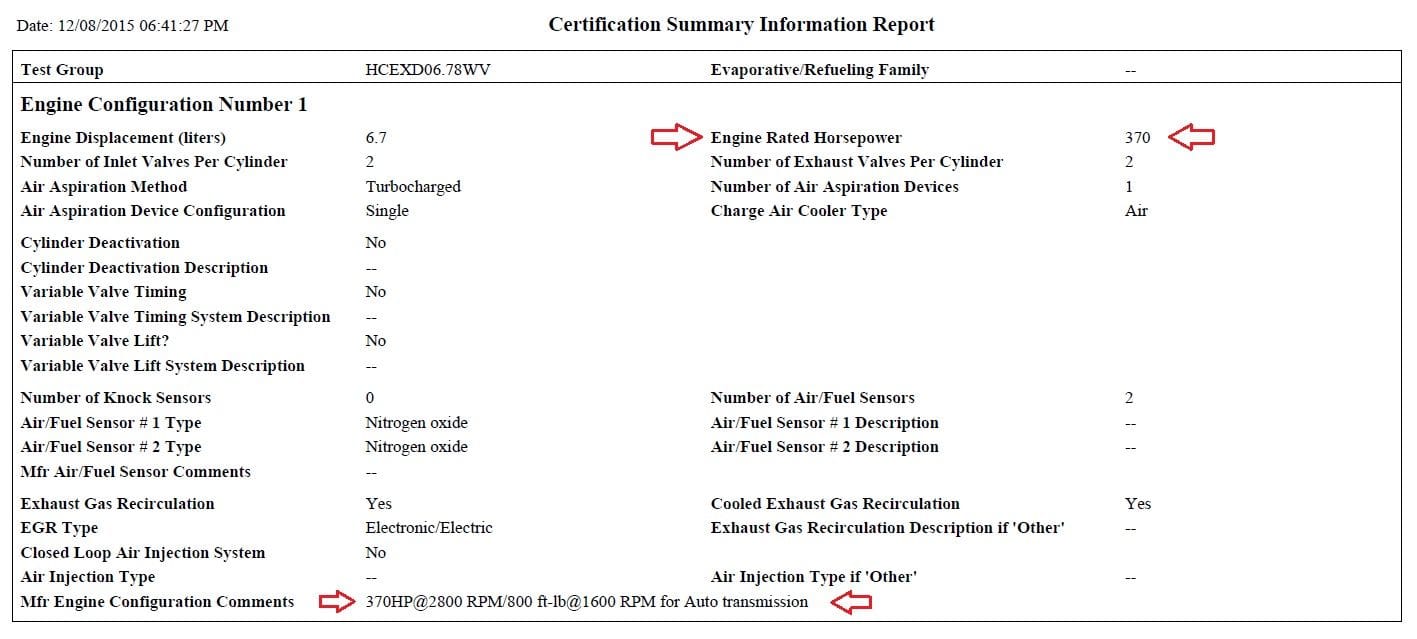ib516
Apr 21, 2018Explorer II
28,500 lbs Ford vs Ram 1 ton DRW
VIDEO
$80,115 MSRP Ram 3500 385hp/930tq, 4.10 rear, 5690# payload as configured, 11 brake applications on the way down.
2.7 mpg and 11 min 41 sec on the uphill portion.
$83,015 MSRP Ford F350 450hp/935tq, 4.10 rear, 5400# payload as configured, 10 brake applications on the way down,
2.4 mpg and 11 min 43 sec on the uphill portion.
Basically a tie.
Anyone else surprised the 65hp advantage the Ford has didn't result in a quicker time? It sure did in the drag race they did.
$80,115 MSRP Ram 3500 385hp/930tq, 4.10 rear, 5690# payload as configured, 11 brake applications on the way down.
2.7 mpg and 11 min 41 sec on the uphill portion.
$83,015 MSRP Ford F350 450hp/935tq, 4.10 rear, 5400# payload as configured, 10 brake applications on the way down,
2.4 mpg and 11 min 43 sec on the uphill portion.
Basically a tie.
Anyone else surprised the 65hp advantage the Ford has didn't result in a quicker time? It sure did in the drag race they did.
